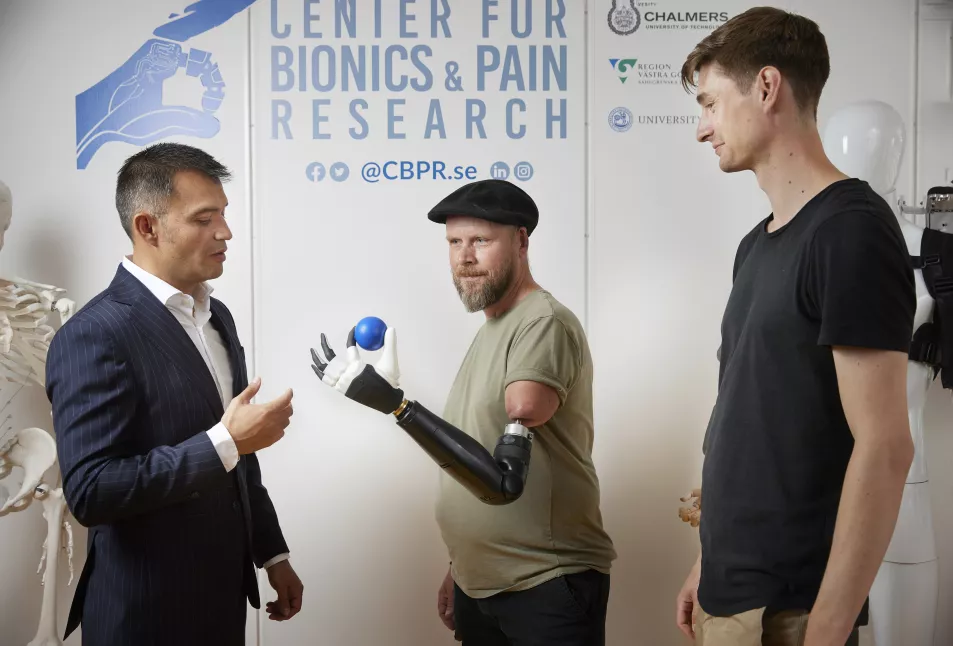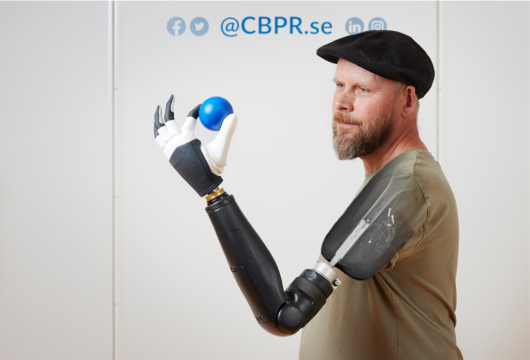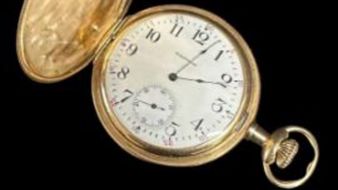A man who lost his left arm in a work accident is now able to control each finger of his bionic hand with his mind, using breakthrough technology developed by researchers in Sweden.
Tonney (54), who declined to give his last name, can perform everyday tasks such as using a screwdriver, pouring water into a glass, and grasping objects.
The amputee from Sweden underwent surgical modifications in the residual limb to allow his arm muscles to manipulate the prosthetic hand.
The researchers said this is the first time a person with above-the-elbow amputation has been able to “control each and every finger of a bionic hand”.
Professor Max Ortiz Catalan, founding director of the Centre for Bionics and Pain Research in Sweden – who led the research, said that, until now, this technology has only been demonstrated in amputations below the elbow “where there are many muscles in the forearm that control the fingers”.
Prof Ortiz Catalan and his team used electrode sensors and a titanium bone implant to connect Tonney’s arm to the prosthetic.
The researchers said that compared to traditional limb attachments that cause discomfort and can be mechanically unstable, their titanium implant is comfortable and “strongly anchored” to the residual bone.
In an amputated limb, signals from remaining nerves can be too faint to be picked up by the electrodes, so the team reconfigured these nerves to new targets in the existing muscles to “amplify” the signals.

Machine learning algorithms are used to translate the wearer’s intentions into movement of the prosthetic, enabling Tonney to move his bionic hand using his mind.
Prof Ortiz Catalan said: “We combined surgical and engineering approaches to solve this problem.
“We basically re-distributed the motor neural signals to different types of muscle targets, all acting as biological amplifiers.”
The team said Tonney has been using his bionic arm in his daily life for more than three years.
Prof Ortiz Catalan said: “Another important feature of our work is that our patients can actually use their prosthesis out of the lab and in the real world.
“Our patient uses the implanted electrodes to control his prosthetic hand in daily life because our unique neuromusculoskeletal interface that gives them that freedom.”
As part of the next steps, the researchers aim to improve the control of the bionic hand.
Prof Ortiz Catalan said: “We are also working to provide sensory feedback (feeling) to complement and potentially improve the control.”
Their work is published in the journal Science Translational Medicine.







